Sansevieria trifasciata Golden Hahnii, Snake Plant – Succulent Plant
₹400.00 Original price was: ₹400.00.₹349.00Current price is: ₹349.00.
(MRP Inclusive of all taxes)
- Shipping Rs 100 for entire order
- Dispatch in 8-10 days
- Country of origin: India
Sansevieria is one of the hardiest plants, in recent times its popularity has increased a lot contributing to its easy care and benefits proved in improving the air quality, this plant was part of NASA Clean Air Study and found to be effective. Sansevieria is native to southern Asia and categorized under the Asparagaceae plants family. Sansevieria plant can efficiently remove nitrogen oxides and formaldehyde that suspiciously dominate throughout the office.
Description for Sansevieria trifasciata Golden Hahnii, Snake Plant
It is an evergreen herbaceous perennial plant forming dense stands, spreading by way of its creeping rhizome, which is sometimes above ground, sometimes underground. Its stiff leaves grow vertically from a basal rosette.
It is tough, durable, and highly tolerant of low light and poor soil conditions. The tall, narrow, sturdy leaves are stiff and pointed. Colors include dark green, pale green, green edged with yellow, and variegated light green and yellow. Some species send up delicate flower spikes.
The Sansevieria is the perfect addition to any indoor garden setting. With over sixty different varieties to choose from, everyone is sure to find the perfect match for their taste.
It is an evergreen herbaceous perennial plant forming dense stands, spreading by way of its creeping rhizome, which is sometimes above ground, sometimes underground. Its stiff leaves grow vertically from a basal rosette. Mature leaves are dark green with light gray-green cross-banding and usually, range between 70 to 90 cm (27 to 36 in) long and 5 to 6 cm (2 to 2.5 in) wide.
Planting and care
Snake plants produce rhizomes and are easily divided. Although this can be done any time, spring is best. Your newly propagated plants will also grow faster as summer is growing season.
You can also propagate snake plants through leaf cuttings. Just cut 2 to 3-inch pieces of a leaf and place them about 1 inch deep in soil appropriate for snake plants. Make sure to plant cuttings facing up, the same direction they were growing.
Caring for Sansevieria trifasciata Golden Hahnii
- Let the soil dry between waterings. During winter, reduce watering to monthly, or whenever the soil is dry to the touch.
- Try to water the plants in the morning around 8-10am.
- You should remove dead, infected or damaged plant parts and throw in the garbage collector.
- You should prune and fertilize a plant mostly in the spring season.
- When a plant grows beyond its limit and pot size not providing enough space for the spread of roots, re-pot with fresh soil and some fertilizer.
- While re-potting, try not to disturb the roots. Avoid any drastic change in the provided environment otherwise, the plants may get stress/shock.
Typical uses of Sansevieria trifasciata Golden Hahnii
Special features: The plant convert CO2 to oxygen at night also.
Ornamental use: They are excellent in a grouping and will grow equally well on the floor or on table-top displays.
Medicinal use: The Snake Plant, or Mother-in-Law’s Tongue, is one of the most recommended plants for improving air quality. The optimal place to keep this relatively inexpensive and low-maintenance plant is the bedroom because it converts CO2 into oxygen at night.
Be the first to review “Sansevieria trifasciata Golden Hahnii, Snake Plant – Succulent Plant” Cancel reply
Related products
Indoor Creepers & Ferns
Indoor Cactus & Succulents
Indoor Creepers & Ferns
Indoor Foliage Plant
Indoor Foliage Plant
Indoor Foliage Plant
Indoor Cactus & Succulents
Elephant bush, Portulacaria afra, Jade plant (Green) – Succulent Plant
Indoor Herbs & Edibles


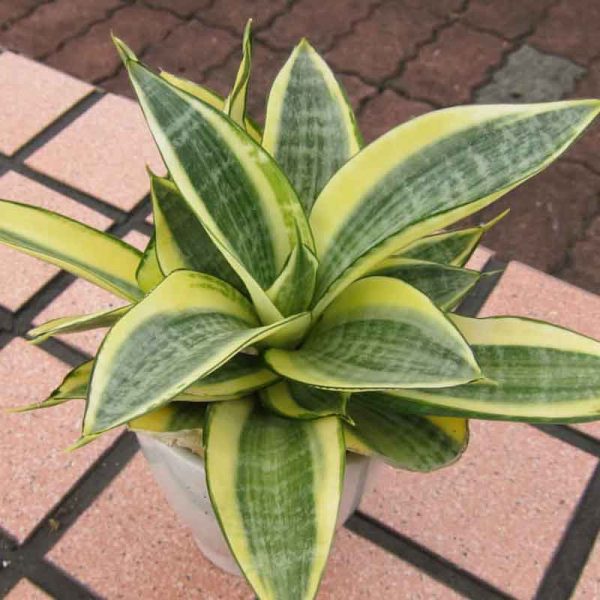
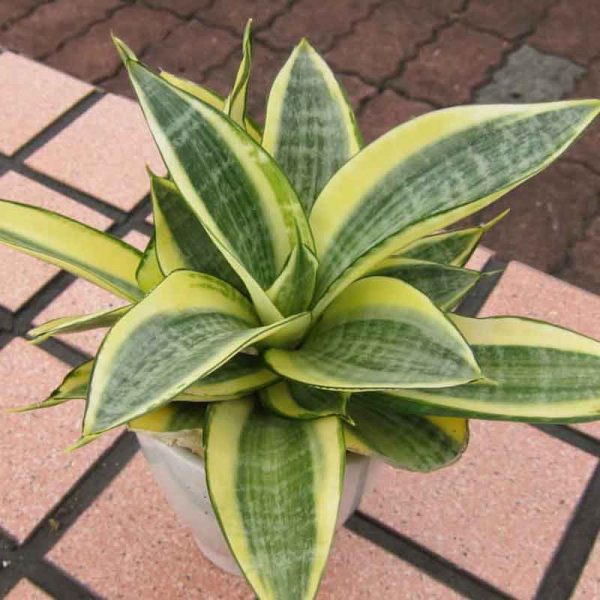

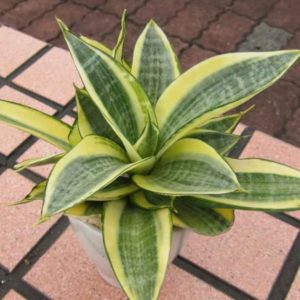

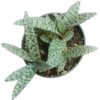


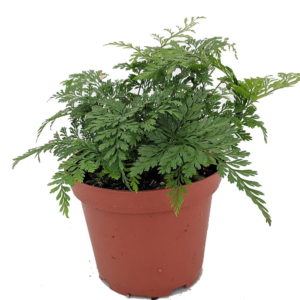

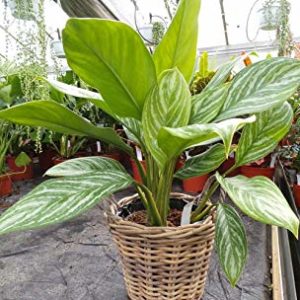
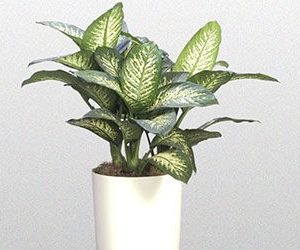

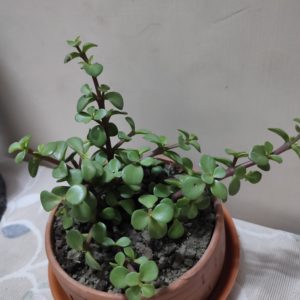
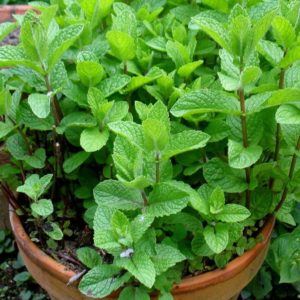
Reviews
There are no reviews yet.